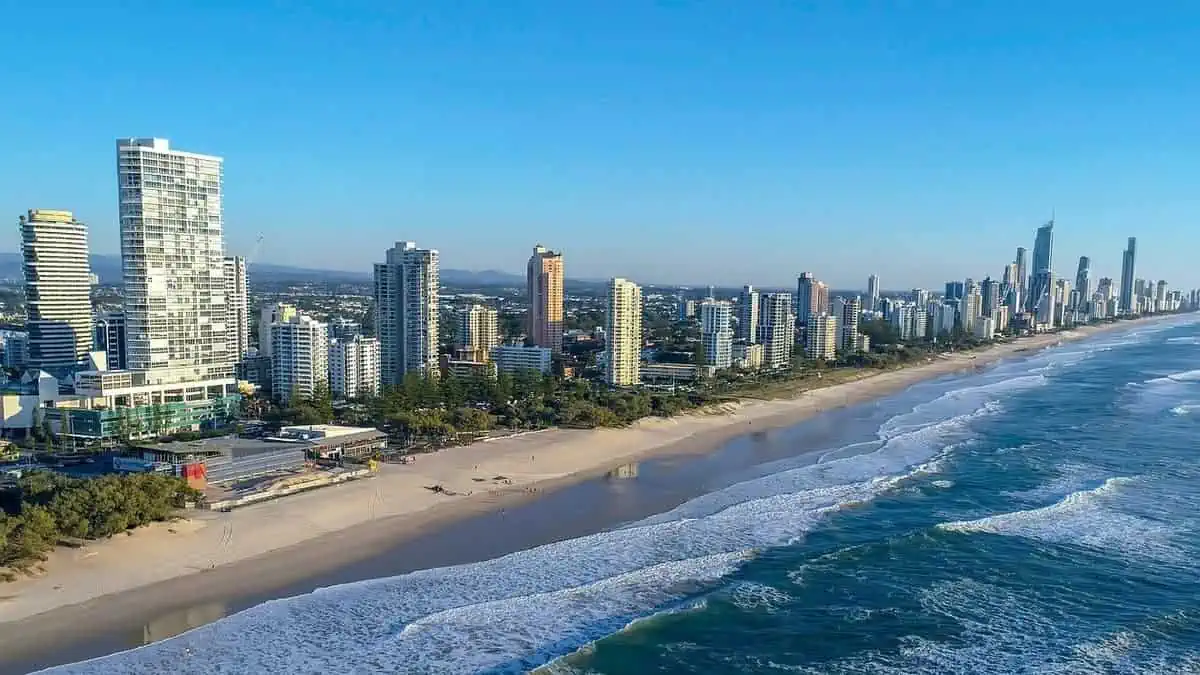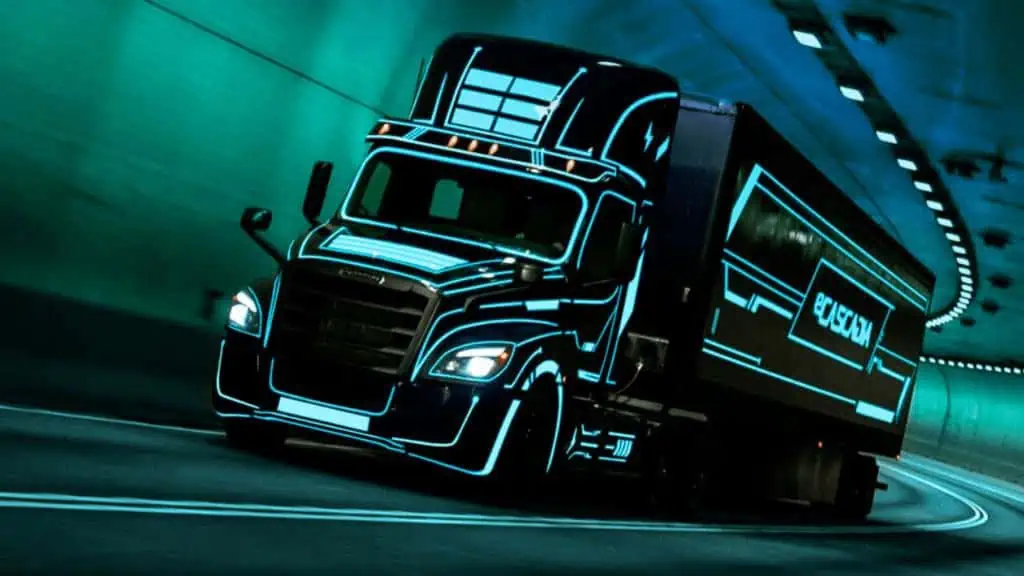As Queensland legislators prepare the 2023-2024 state budget, a survey was conducted to determine what incentives can persuade citizens to embrace the transition to electric vehicles.
By 2032, the target is for 50% of all new passenger vehicle sales to be zero-emission, and by the end of 2026, all new fleet car purchases to be electric, as reported by CleanTechnica.
It is worth noting that Queensland had over 10,000 electric vehicles by July 2022, reflecting a significant increase from only 525 EVs in 2017. Currently, Queensland provides a $3000 rebate for vehicles costing less than $58,000.
Given that standard, only less expensive cars remained eligible, including the Nissan LEAF, MG ZS EV, Hyundai Ioniq, Hyundai Kona, new BYD Atto 3 model, and Renault Kangoo.
Meanwhile, the ORA Cat, Cupra Born, and Volkswagen ID.4 are all in Australia to be tested for suitability in the Australian environment. Next year, BYD may launch the Seal and Dolphin in the country.
“The average Queenslander drives 13,400 kilometres annually and spends approximately $1,900 on fuel annually (at $1.90/L),” a spokesman said. “A zero-emission vehicle travelling the same distance would cost around $502 annually in electricity costs, or charging could be free if the vehicle is home charging through solar panels.”
Although both traditional non-plugin hybrid vehicles (HEVs) and plugin hybrid vehicles (PHEVs) are both included in the survey, HEVs do not qualify for a refund.
It is also worth noting that the definition of an electric vehicle was narrowed down to include only battery electric vehicles (BEVs) later in the survey. Therefore, Queenslander respondents must not be confused by that modification.
Hopefully, the study could reveal the critical need for additional action to efficiently boost the electric vehicle uptake in the country.






